Talk Overview
Many of us are used to seeing cartoons of cells with organelles shown as static, isolated structures. The endoplasmic reticulum (ER) is often shown looking like a stack of pancakes pushed up against the nuclear envelope. In her first talk, Dr. Gia Voeltz explains that recent advances in light microscopy have given us a very different view of organelles and their interactions. The ER is, in fact, an expansive, and highly dynamic, network of tubules that spreads throughout the cell. It interacts with other organelles such as the plasma membrane, endosomes, and mitochondria at points called membrane contact sites. Using beautiful fluorescent images and movies, Voeltz shows us that these ER membrane contact sites are important for many functions such as trafficking lipids and Ca2+ and determining where mitochondria divide and endosomes undergo fission. These exciting findings define a new cellular function for the ER.
In her second lecture, Voeltz explains how her lab used a BioID strategy to identify some of the proteins found at membrane contact sites between the ER and endosomes; a difficult task given the transient nature of contact sites. They were able to identify a number of proteins responsible for marking the timing and location of endosome fission and for recruiting the ER to the bud. Depleting these proteins blocked cargo sorting to the Golgi. Voeltz’ lab is now working to determine how much of this machinery is conserved in processes such as the mitochondrial division.
Speaker Bio
Gia Voeltz
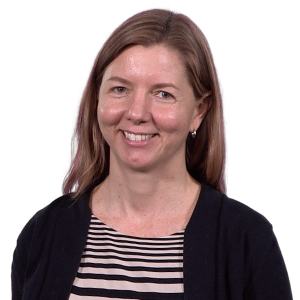
Dr. Gia Voeltz discovered her love for research as an undergraduate student at the University of California Santa Cruz. After graduation, she moved east to Yale University where she was a graduate student with Joan Steitz and studied RNA processing in Xenopus extracts. As a post-doctoral fellow in Tom Rapoport’s lab at Harvard, Voeltz tackled… Continue Reading
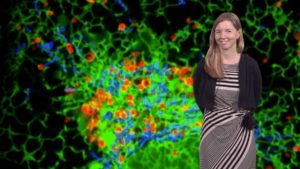
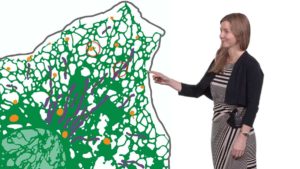
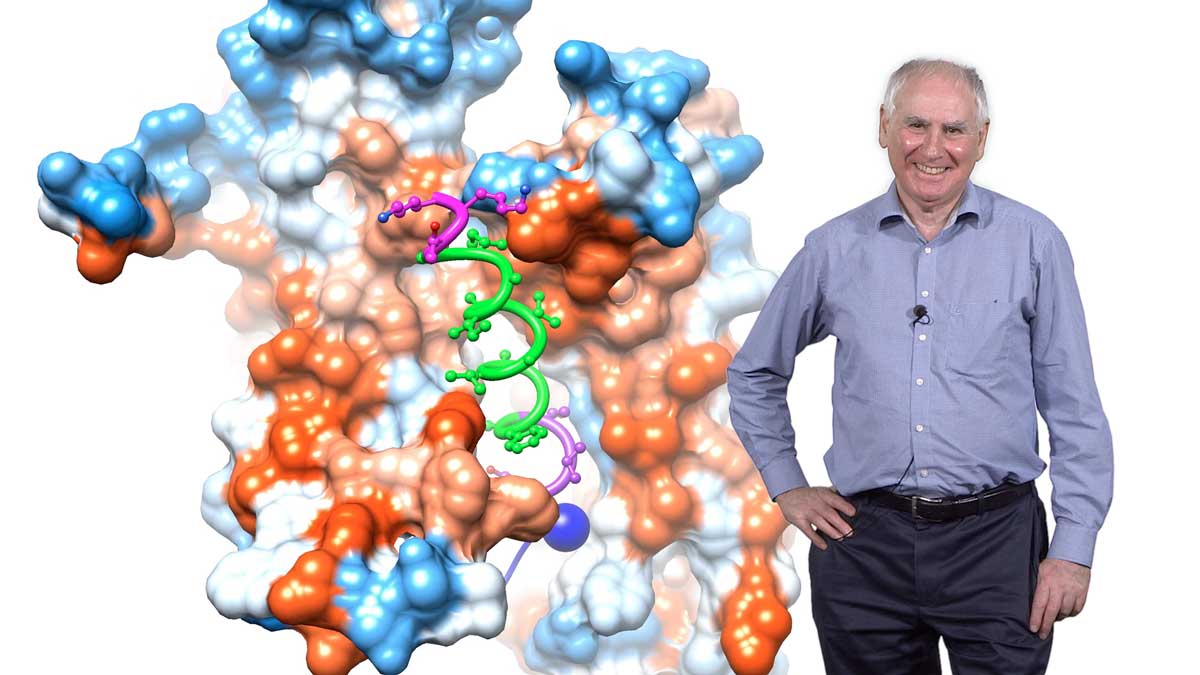
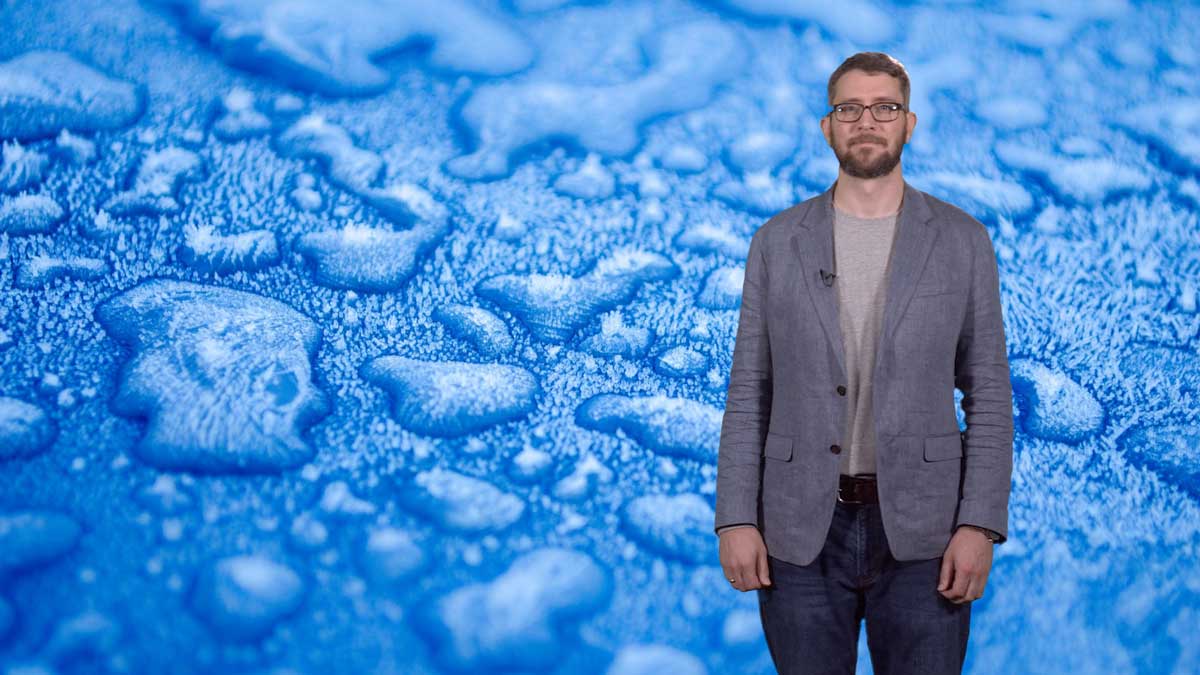
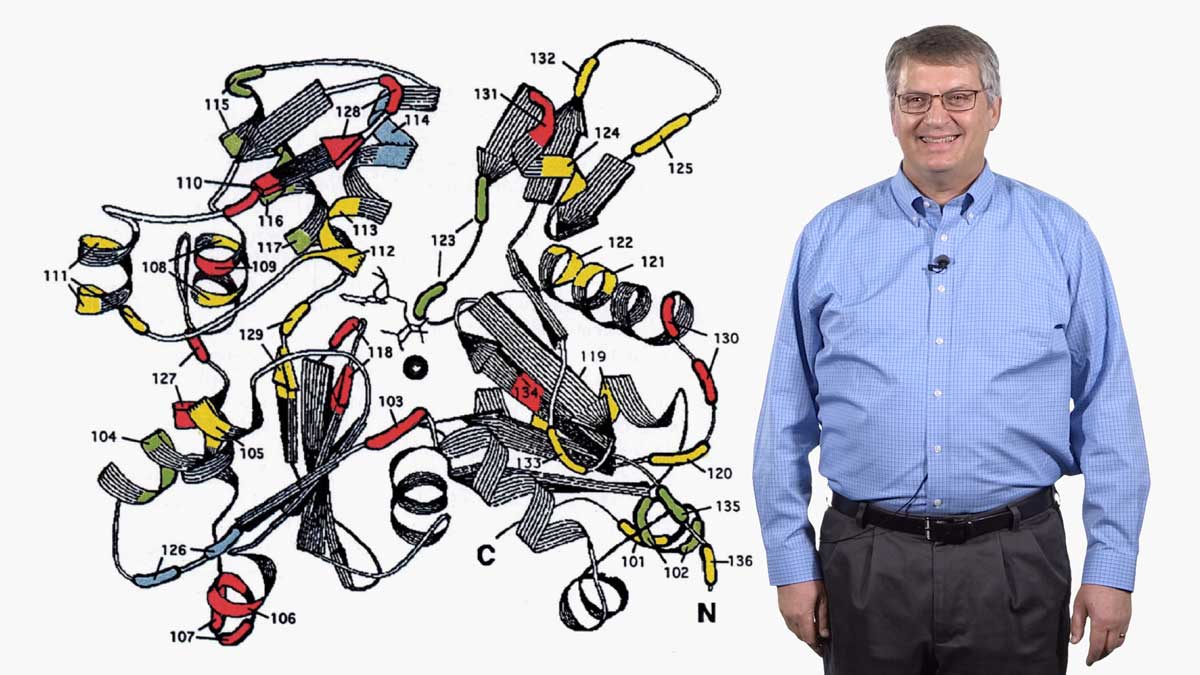
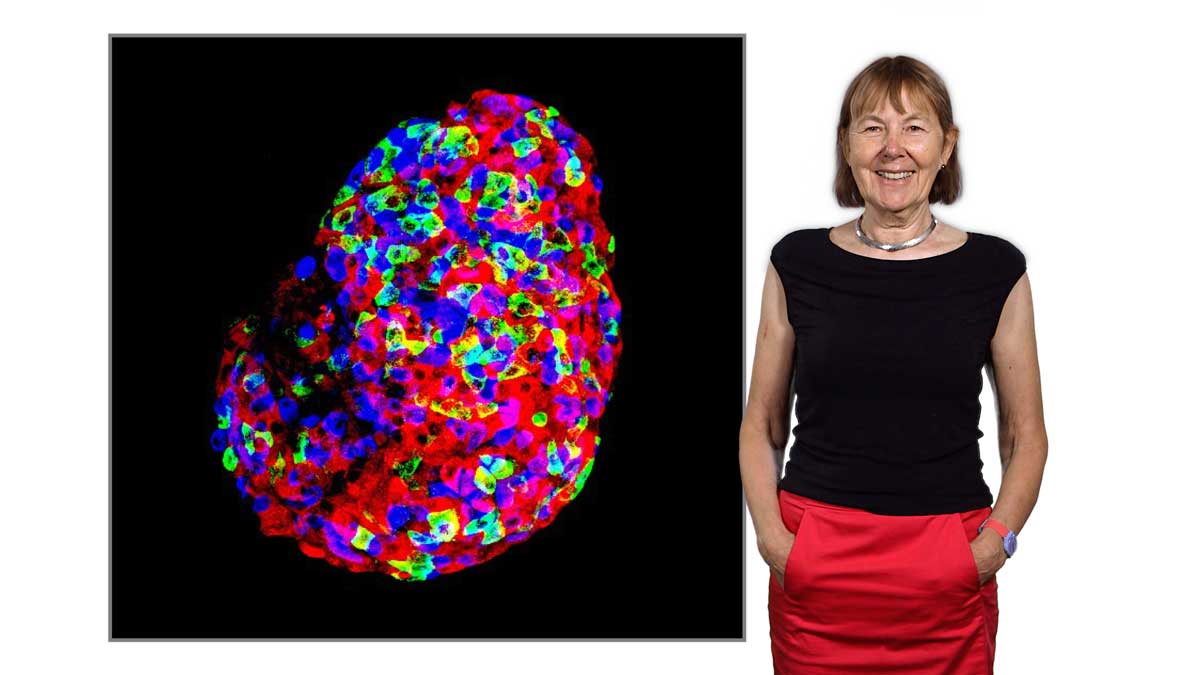





Shirish Mishra says
Dear Dr. Voeltz,
Very nice talk! Wondering why Coronin could not come up in the BioID strategy using FAM21?